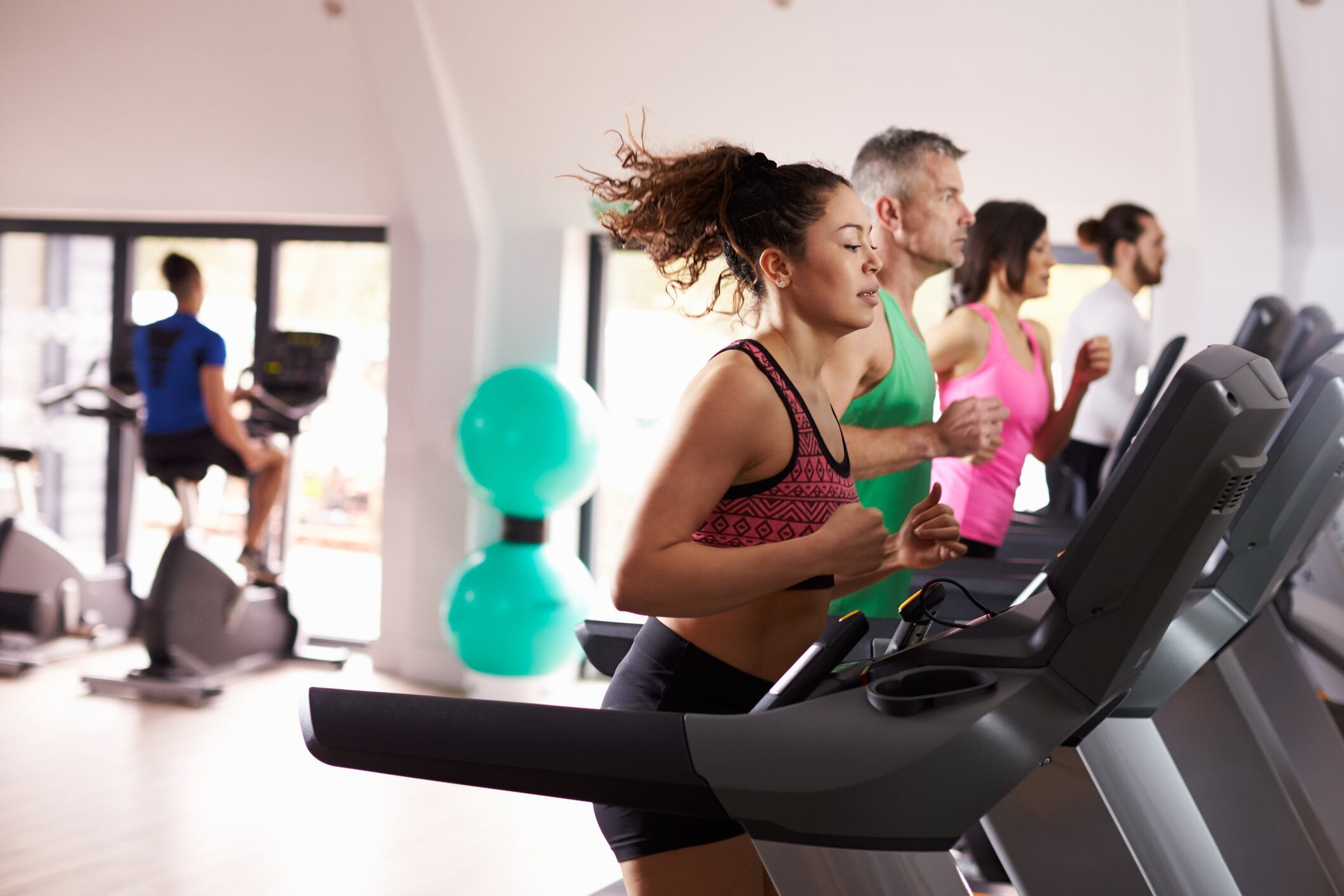The study, conducted and funded by the beverages company Kirin Holdings Company, Tokyo, assessed the effect of 14 days continuous exercise in 31 male volunteers on fatigue, finding that those supplemented with the LC-plasma felt fatigue for fewer days than those in the placebo group.
The authors concluded: “Results demonstrated that supplementation with LC-Plasma reduced the accumulation of subjective feelings of fatigue after continuous exercise in participants who routinely exercised.”
Significance
The study aimed to confirm the effects of LC-Plasma on fatigue caused by continuous exercise training, with note that the importance of this study lies in its connection to reduced immunity proven to happen after exercise.
Previous studies have reported that individuals who run more than 14km per day are more susceptible to upper respiratory tract infection (URTI), accounts for approximately 65% of non-traumatic symptoms in athletes.
Fatigue and URTI have proven connection, and in a previous clinical study, Lactobacillus intake led to both a reduced prevalence of URTI and reduced fatigue in athletes.
LC-Plasma
Lactic acid bacteria have previously attracted interest as components that can solve health problems such as reduced immunity and fatigue in athletes.
LC-Plasma is a unique lactic acid bacterium that activates plasmacytoid dendritic cells (pDCs), a subset of cells specialised in secreting high levels of substance that helps the body's immune system fight infection. According to the authors of the study, pDCs do not react to common lactic acid bacteria, however LC-Plasma is characteristically phagocytosed by pDCs, and the phagocytosed LC-Plasma stimulates toll-like receptor 9 (TLR-9), a pattern recognition receptor located in immune cells, activating pDCs.
A previous study from the same research body concluded that LC-Plasma supplementation correlated with reduced cold-like symptoms, enhanced pDC activity, and reduced fatigue accumulation after continuous exercise. However, further study was needed, as the original study focused on participants from three different sports clubs in which the exercise regime varied, and the effect of fatigue was recorded only in questionnaires.
This new study addressed gaps in research by ensuring all the participants belonged to a single sports club and received the same type of training. In addition, participants underwent an additional strenuous single exercise session to evaluate fatigue on day 15.
The study
31 Volunteer students from Juntendo University, Japan, took part in the study conducted between August and September 2017. All participants were aged 18 years or older, belonged to the long-distance track and field team, and regularly exercised at least four times a week. All participants had three days of rest prior to the commencement of the study.
Participants were split into two groups by computerised randomisation, and consumed placebo or LC-Plasma capsules daily for 14 days (capsules containing heat-killed dry LC-Plasma provided by Kyowa Hakko Bio CO., Ltd., Tokyo, Japan). During the intake period of continuous exercise the average intensity of exercise was between 16 and 10.4 metabolic equivalent hours per day (MET-h/day), a value approximate to that previously reported to increase an individual’s susceptibility to URTI.
Participants recorded diaries during the trial. Haematological and physiological indices were measured, and a questionnaire was conducted on days 1 and 15, both before and after exercise. The period from day 1 to 15 before exercise was set to evaluate the effects on continuous exercise, and day 15 was set to evaluate the effects of short-term exercise.
The study observed CD86, an activation marker of pDCs, and concluded: “The CD86 of pDCs in the LC-Plasma group was significantly higher than the level found in the PL group after continuous exercise.”
Additionally, participant diary entries showed sense of fatigue was significantly less in the LC-Plasma group.
The authors note that while there are many reports on the link between immunity and fatigue, this study’s results showed specifically that “LC-Plasma intake increased pDC activity and maintained immunity, which may have resulted in the improvement in the subjective indices of fatigue.”
While the relationship between exercise and DCs has been reported in several studies, the authors suggest that there are no known reports that evaluate the pDC activity state by exercise or the effect of food material intake on them, hypothesising: “This was considered to be a characteristic effect of LC-Plasma.”
They conclude: “The present study demonstrated that supplementation with LC-Plasma reduced the accumulation of subjective feelings of fatigue after continuous exercise in participants who routinely exercised, potentially by maintaining pDC activity.”
Mechanism of Action
The autonomic nervous system is part of the system that regulates heart rate, and previous studies have linked the autonomic nervous system to activation of the immune signal TLR9.
The authors of the study report that the main mechanism of action of LC-Plasma has been its activation of TLR9, and they therefore hypothesise that LC-Plasma may activate the parasympathetic nervous system (via the autonomic nervous system) by stimulating TLR9, which resulted in reducing that autonomic fatigue parameters.
Limitations
Some limitations existed within this study. No females volunteered for the study, making the study male specific. However, it did lead to interesting conclusions through testosterone assessment. The authors note: “Testosterone, which has been reported to be linked to fatigue and vitality, significantly decreased in the placebo group only, exacerbating fatigue.”
Asides from this, the study only included only athletes aged around 20 years, who performed exercise routinely. The authors state: “The tracing of lifestyle factors such as meal records, heart rate, and blood pressure during the study period are insufficient to omit the possibility of confounders.
Future studies are needed, the authors conclude, noting that “participants from more diverse backgrounds, at a more appropriate timing, with stricter lifestyle controls, and with more haematological investigations will better reveal the impact of LC-Plasma on fatigue.”
Journal: Nutrients
https://www.mdpi.com/2072-6643/15/7/1754
“Effects of Ingesting Food Containing Heat-Killed Lactococcus lactis Strain Plasma on Fatigue and Immune-Related Indices after High Training Load: A Randomized, Double-Blind, Placebo-Controlled, and Parallel-Group Study”
Authors: Yuta Komano, Kosuke Fukao, Kazunori Shimada, Hisashi Naito, Yoshihiko Ishihara, Toshio Fujii, Takeshi Kokubo, and Hiroyuki Daida.


